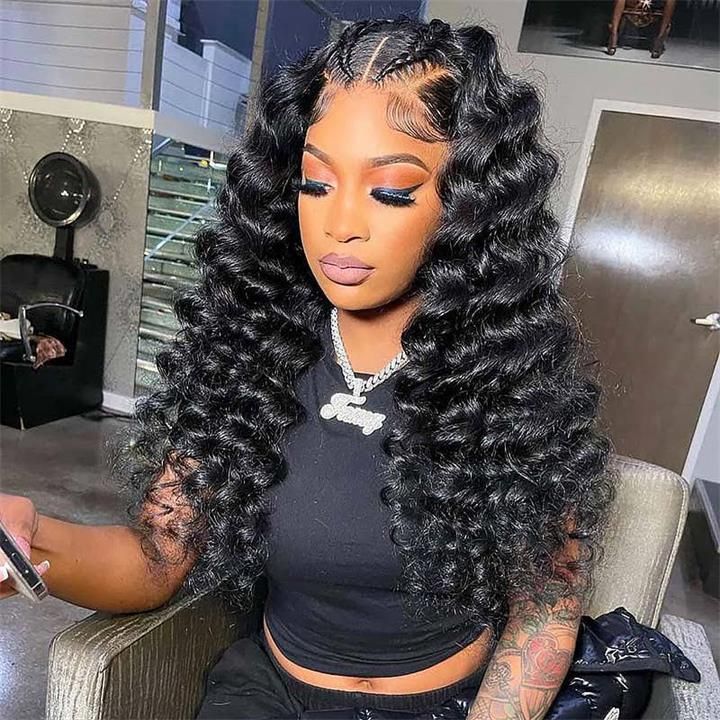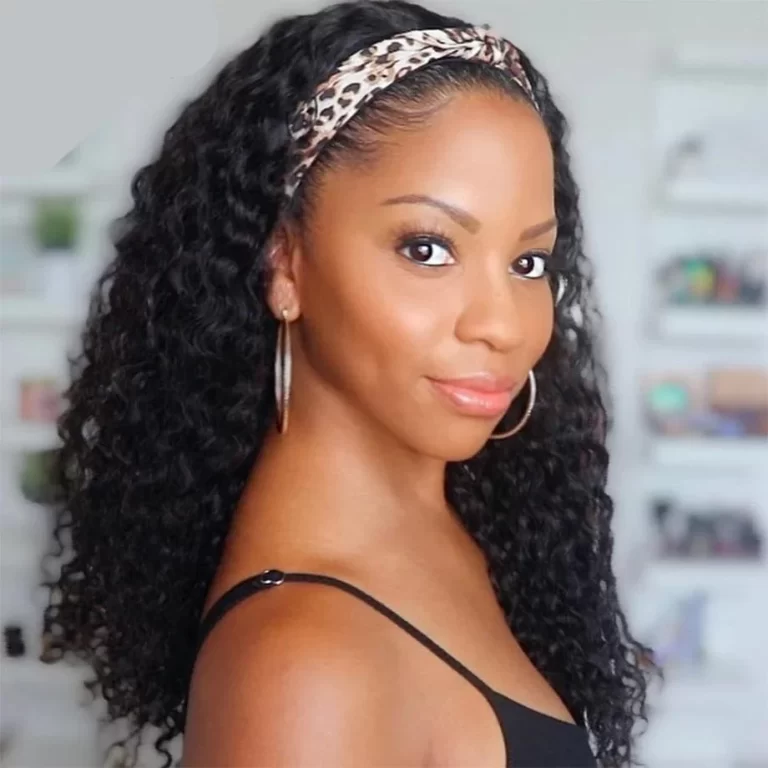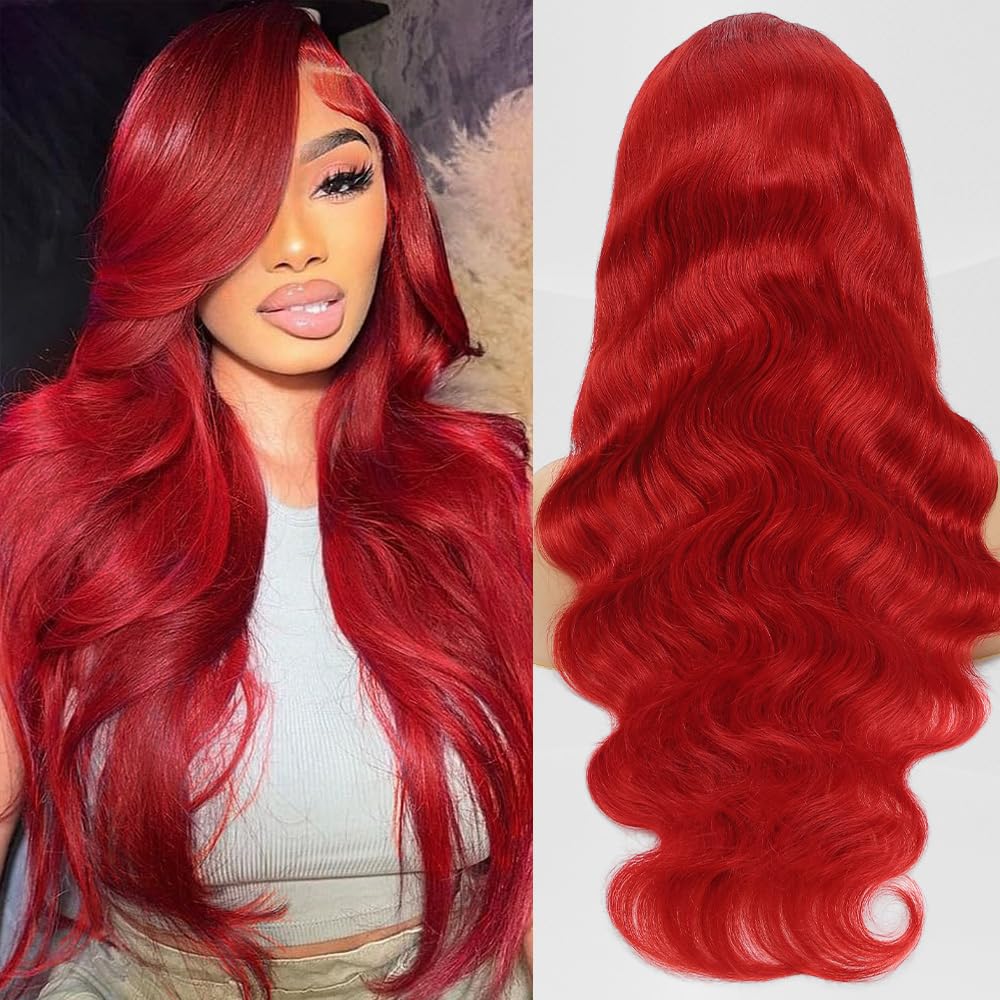
Myths Debunked: Does Henna Really Damage Hair?
Introduction to Henna and Its Uses
Henna, from the plant Lawsonia inermis, is a traditional dye. Known for coloring skin, hair, and nails, it’s also used for beautiful temporary body art called mehndi. Does henna damage hair?For centuries, it has colored fabrics like silk and leather too.
The Historical and Cultural Significance of Henna
Historically, henna holds deep cultural importance in many regions, such as the Middle East, India, and Africa. It’s a staple in wedding rituals and festivals, symbolizing joy and beauty. Culturally, people have used henna for thousands of years, showcasing its longevity and significance.
Henna as a Hair Treatment
Often believed to be a natural and safe hair dye, henna is popular in the natural hair community. As a hair treatment, it claims to give vibrant color and strengthen tresses. People mix it with other ingredients, like indigo or cassia obovata, to change the tint. But, it’s vital to use high-quality, pure henna without harmful additives.

Common Misconceptions About Henna
Despite being a revered natural hair coloring option for centuries, henna often faces criticism based on misconceptions. These myths can steer many away from considering it as a viable option for their hair treatment routine. Dispelling these myths is essential to forming a balanced view.
Myth: Henna Causes Permanent Hair Damage
Henna has been cited to cause irreversible damage to hair. However, this isn’t an inherent property of henna but a result of improper use and formulations. Pure henna is unlikely to harm the hair structure. Misinformation and misuse have propagated this myth. When high-quality, body art quality henna is used, and when applied correctly, it does not damage the hair. In fact, it can condition and strengthen hair over time.
Myth: Henna Completely Blocks Moisture and Product Absorption
Another widespread myth is that henna-treated hair can’t properly absorb moisture or hair care products. This is a misunderstanding. While it’s true that henna coats the hair, which can initially affect how products adhere or absorb, this doesn’t permanently impede the hair’s ability to consume moisture. Using suitable moisturizers, oils, or steam treatments during the henna process can aid in maintaining the hair’s hydration levels. Proper rinsing and conditioning post-application also ensure that moisture levels are balanced.
Potential Risks of Using Henna on Hair
While henna is praised for its natural dyeing properties, there are significant risks when used on hair, especially without proper knowledge or preparation. These concerns mainly revolve around the impact on hair texture and the limitations it imposes on future hair coloring options.
The Impact of Henna on Hair Texture and Porosity
Henna can radically alter the texture and porosity of hair, leading to potential issues. It coats the hair shaft and can make the hair strands very dry and brittle, as it acts almost like a protein. This can be particularly troubling for those with naturally low porosity hair, as their ability to absorb moisture becomes even more restricted. Over time, this could result in increased hair breakage and reduced elasticity.
Henna’s effect is not uniformly negative; some find that it strengthens their hair. However, without proper aftercare or if used excessively, the drying effect can dominate, leading to a vicious cycle of dryness and breakage. This demands that users precondition and hydrate their hair continuously and ensure they are using pure henna devoid of harmful additives.
Difficulties in Altering Hair Color After Henna Use
One of the main challenges faced by users of henna is the difficulty in altering hair color after application. Due to its strong staining properties, once henna bonds to the hair, it is incredibly tough to remove. This can complicate attempts at hair color correction or changes; for instance, transitioning from a darker to a lighter shade can become nearly impossible without risking significant damage.
Many colorists hesitate to work with henna-treated hair as chemical interactions can be unpredictable, sometimes resulting in uneven coloring or further damage. Users considering switching from henna to other dying options must often wait for the henna to fade significantly or grow out, which can be a long and frustrating process.
Given these considerations, it’s crucial for individuals to weigh the aesthetic benefits of using henna against these potential hair health risks. Proper application and aftercare strategies are essential for those who choose to use henna despite these risks.
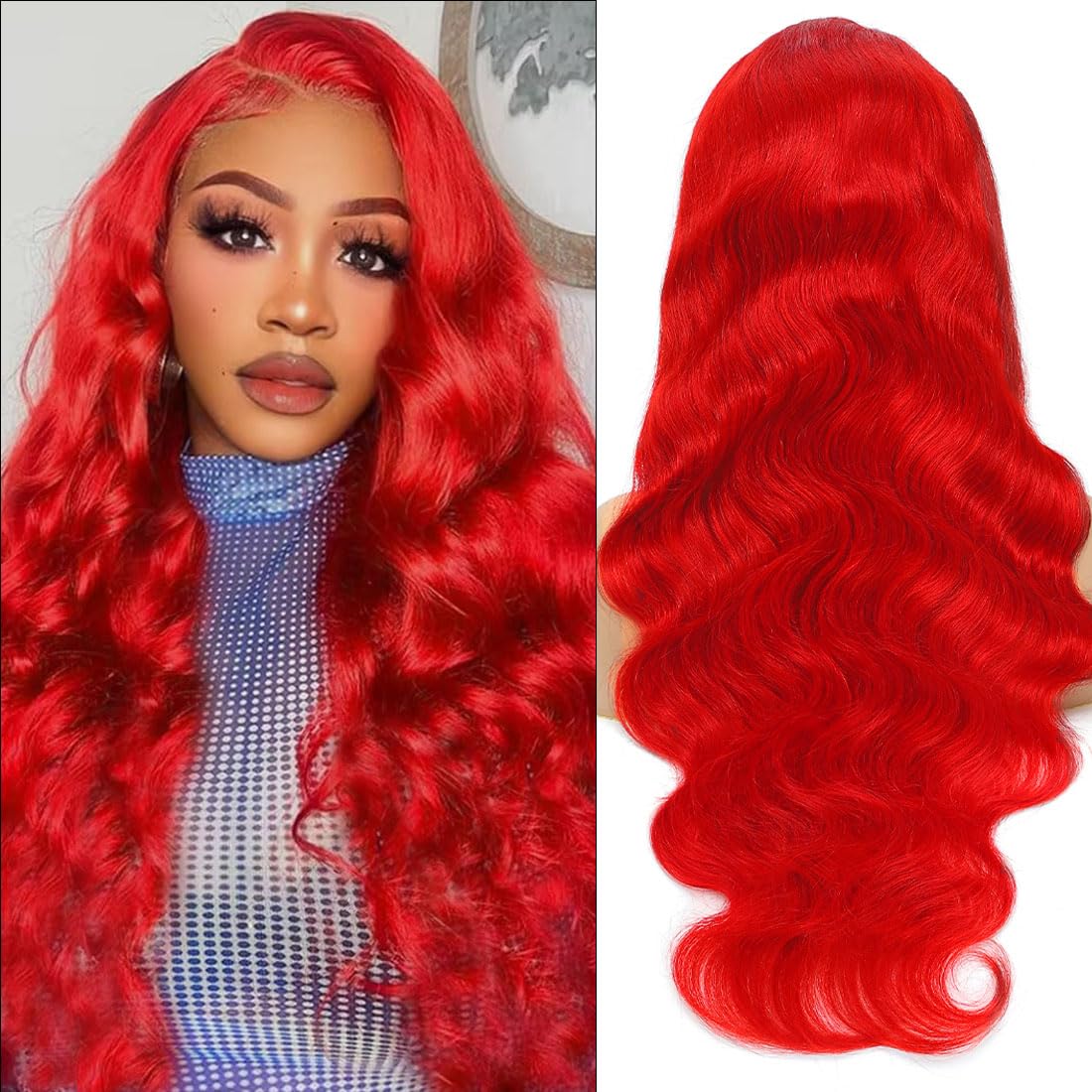
Professional Insights on Henna
While henna has significant cultural and historical significance, its use in haircare comes with notable concerns, especially regarding hair dryness and potential damage during subsequent hair coloring processes. Drawing from professional experiences shared by stylists and experts, below are some ways to tackle these issues effectively.
Addressing Dryness and Breakage with Moisturizing Agents
Professional hairstylists recommend incorporating moisturizing agents into the henna mix to combat its drying effects. Adding ingredients like aloe vera powder or a preferred hair oil can significantly help maintain moisture during and after applying henna. Also, utilizing steam during the henna application process can open up the hair cuticles, allowing better penetration and retention of color while keeping the hair hydrated. Regular use of conditioning treatments post henna application is crucial to restore and maintain moisture balance in the hair.
It’s essential to choose products liked by your hair type for maintenance. This could include using specific leave-in conditioners and deep-conditioning regularly. Keeping the hair moisturized helps prevent dryness and brittleness attributed to henna, promoting healthier and stronger hair.
Techniques to Minimize Damage When Using Henna
Minimizing damage when using henna involves careful application and removal techniques along with mindful aftercare. Professional hair colorists often advise:
- Testing the henna on a small section of your hair first to observe its effects.
- Limiting the duration henna remains on the hair to prevent over-processing.
- Ensuring the henna mixture does not contain harmful additives like metallic salts that can react poorly with other chemical hair products.
If you’re transitioning from henna to another hair color, patience is key. Experts suggest allowing the hair to grow and gradually trimming it to remove the henna-treated ends. Additionally, consulting with a professional colorist who understands how to work with henna-treated hair can alleviate complications during the color-changing process.
By following these expert tips and maintaining a diligent care routine, you can enjoy the benefits of henna without compromising your hair’s health.
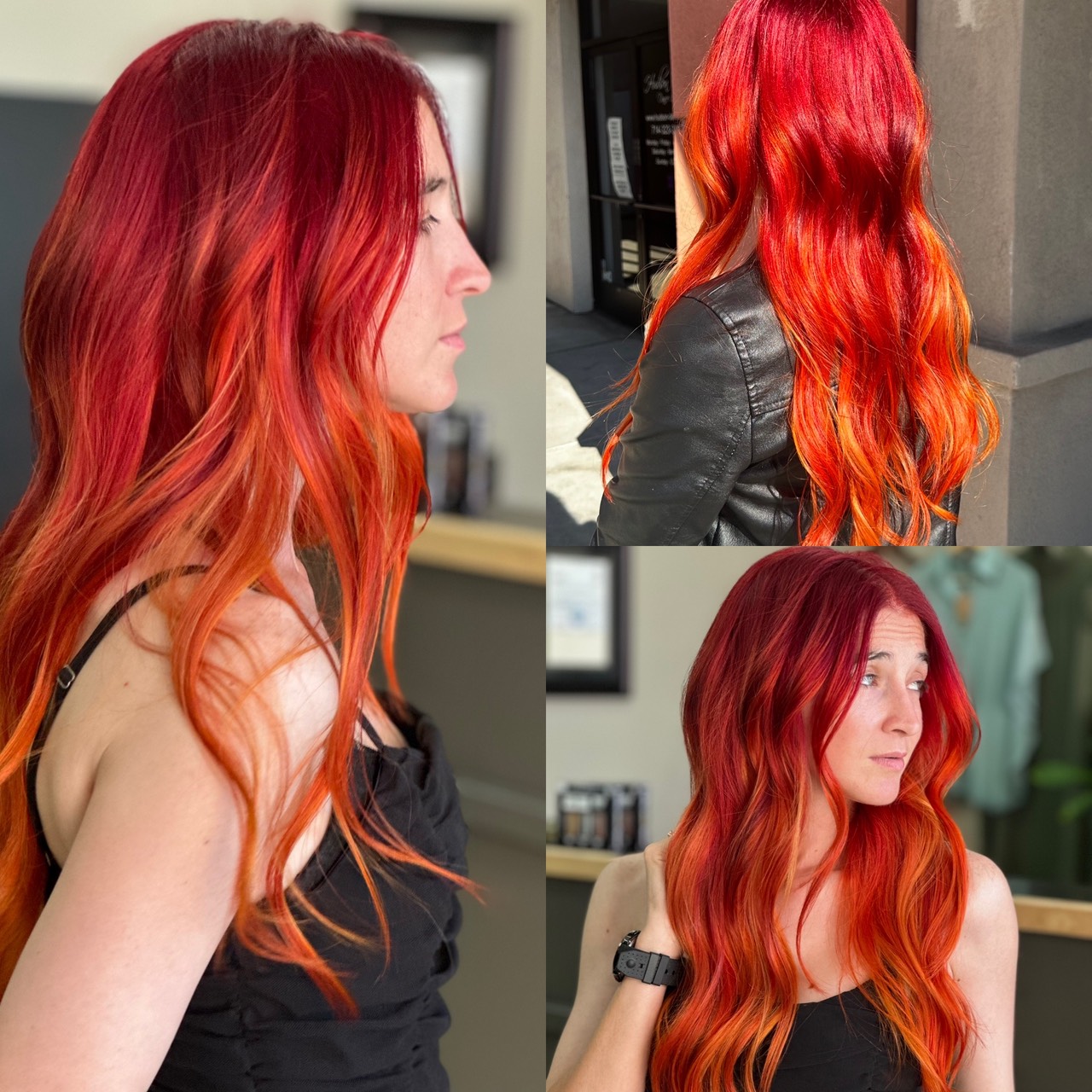
Alternatives to Henna for Hair Coloring
While henna offers natural dyeing benefits, it’s not suitable for everyone. Exploring other hair coloring alternatives that are both natural and less detrimental to hair health is essential. Below, we’ll cover some of these alternatives that can provide vibrant colors without the risks associated with henna.
Exploring Natural and Safe Hair Coloring Options
For those seeking to avoid the drying effects of henna, several natural hair coloring options deserve attention. One popular choice is indigo, often used in combination with henna but can be used solo to achieve a beautiful dark blue or black shade. Cassia obovata is another excellent alternative, known for imparting golden hues to light-colored hair and serving as a conditioning agent.
Vegetable dyes made from plants like beetroot, walnut shells, and black tea can provide temporary color and enhance hair’s natural shade. These dyes are usually mild and come with minimal risk of damaging the hair.
Another interesting option is using coffee or tea. These common kitchen ingredients can deepen brown tones and add a shimmering gloss to hair, though they provide more subtle results.
How to Choose the Right Hair Treatment
Choosing the correct hair treatment involves understanding your hair’s needs and the long-term effects of the products you use. Always consider your hair type, color goals, and how often you wish to reapply the treatment.
For lasting color with minimal risk, select treatments that are free from harsh chemicals like ammonia or peroxides. Always perform a patch test to check for allergies or adverse reactions before fully applying any new treatment.
Consulting with a professional hairstylist can also greatly help tailor your choice to your specific needs. They can provide insights into what products work best for your hair’s texture and condition.
By considering these alternative options and choosing wisely, you can achieve beautiful hair color without the risks posed by traditional henna treatments.
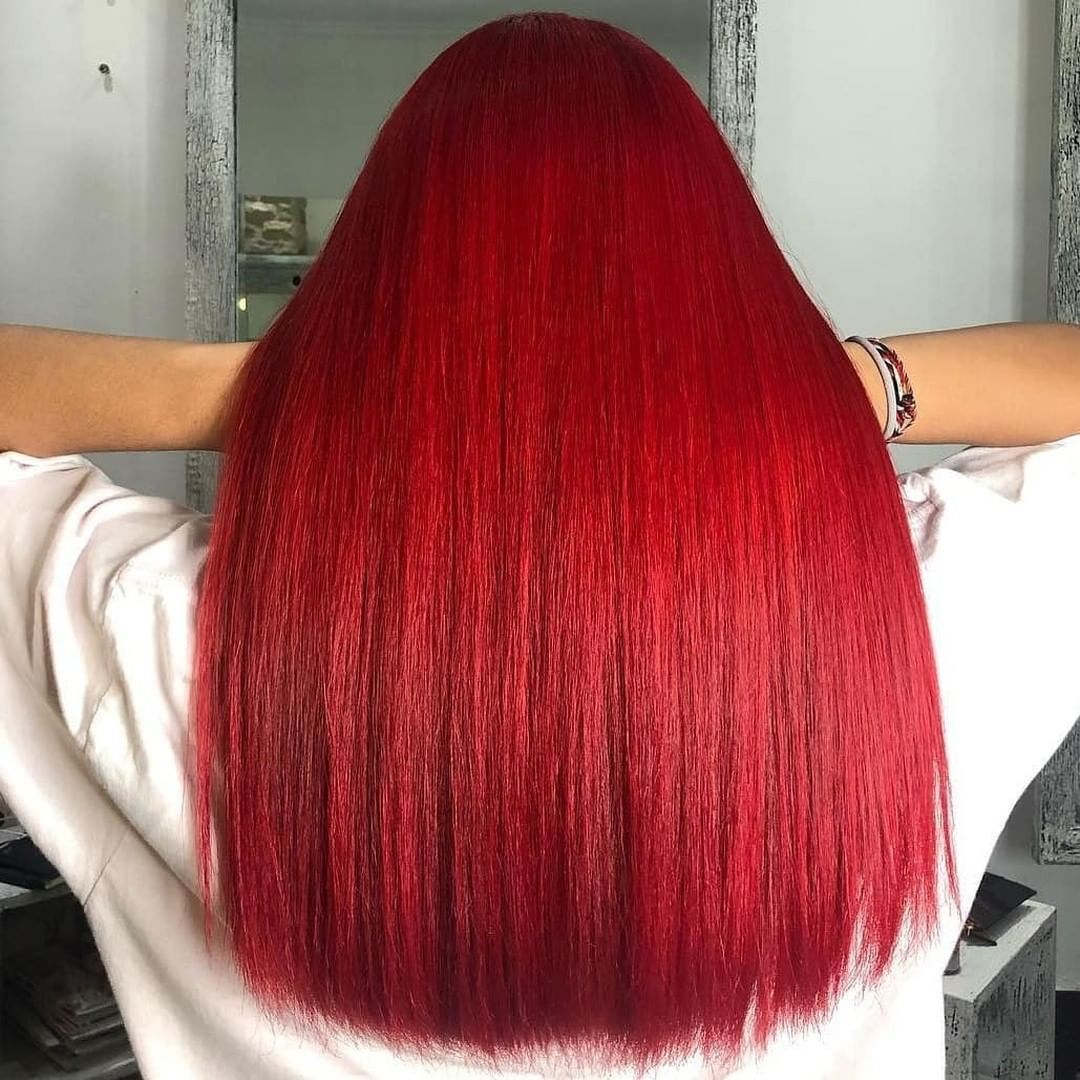
Conclusion
As we’ve explored throughout this blog, henna presents both benefits and challenges for hair care. It’s imperative to weigh these aspects carefully.
Weighing the Pros and Cons of Henna for Hair Care
Henna has been used for centuries as a natural dye. Its benefits include the ability to strengthen hair and provide a deep, lasting color. However, this isn’t without risks. Henna can make hair dry and brittle, particularly if it’s not of body art quality or mixed with unsafe additives. It’s also very permanent, making future hair color changes difficult without potential damage. For those considering henna, it’s crucial to think about your long-term hair goals and how often you change your hair color.
Recommendations for Healthy Hair Practices
If you decide to use henna, ensure it’s pure and high-quality. Always mix it with hydrating agents like aloe vera or specific oils that work well with your hair type. Consider using steam during the application to maintain hydration. Post-treatment, invest in good conditioning treatments to restore moisture. If you’re looking to change your hair color after using henna, plan for a gradual transition. Regular trims can help remove henna-treated ends without harsh chemical processes. For those unsure about using henna, explore natural alternatives like indigo or vegetable dyes, which pose fewer risks. Consulting with a professional hairstylist can provide personalized advice suitable for your hair type and health.
Remember, choosing the right hair treatment is crucial for maintaining healthy, vibrant hair. Make informed decisions and tailor hair care practices to your unique needs and lifestyle.
